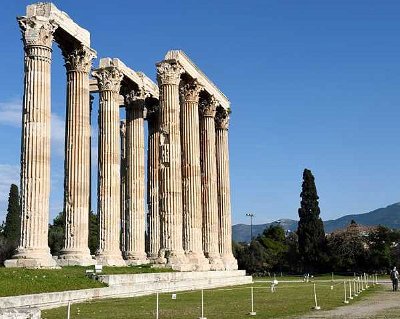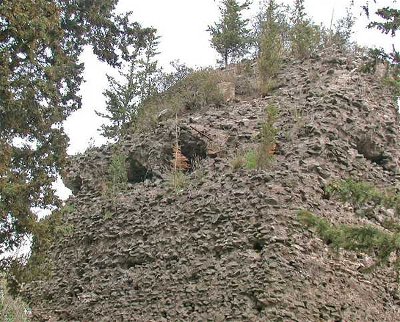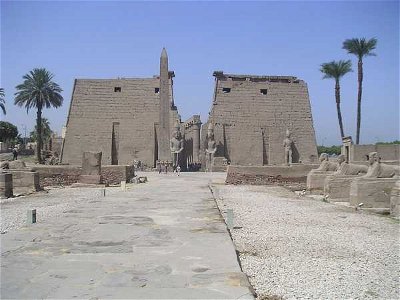Ancient Architecture
A two-day city trip to Athens and the vicinity exclusively for the ancient architecture. The itinerary is compact and, who knows, you might even be able to enjoy it in real life, someday! Average, 10 Qns, tiye,
Oct 17 25
 While Greek temples were built as homes for the gods, they were constructed with very talented human hands. Many of the architectural features used by the ancient Greeks are still used today.
While Greek temples were built as homes for the gods, they were constructed with very talented human hands. Many of the architectural features used by the ancient Greeks are still used today.  The Romans left many fine gifts to today's world; there is no doubt that their use of concrete changed the course of architecture forever. If you don't know much about concrete, be sure to look for a clue in every question and/or picture!
The Romans left many fine gifts to today's world; there is no doubt that their use of concrete changed the course of architecture forever. If you don't know much about concrete, be sure to look for a clue in every question and/or picture! |
|
 Egyptians temples were the homes of the gods, and were rarely seen by people other than the temple priests. What architectural components were used to construct an Egyptian temple?
Egyptians temples were the homes of the gods, and were rarely seen by people other than the temple priests. What architectural components were used to construct an Egyptian temple?  = Top 5% Rated Quiz,
= Top 5% Rated Quiz,
 Top 10% Rated Quiz,
Top 10% Rated Quiz,
 Top 20% Rated Quiz,
Top 20% Rated Quiz,
 A Well Rated Quiz
A Well Rated Quiz
· All questions, answers, and quiz content on this website is copyright FunTrivia, Inc and may not be reproduced without permission. Any images from TV shows and movies are copyright their studios, and are being used under "fair use" for commentary and education.